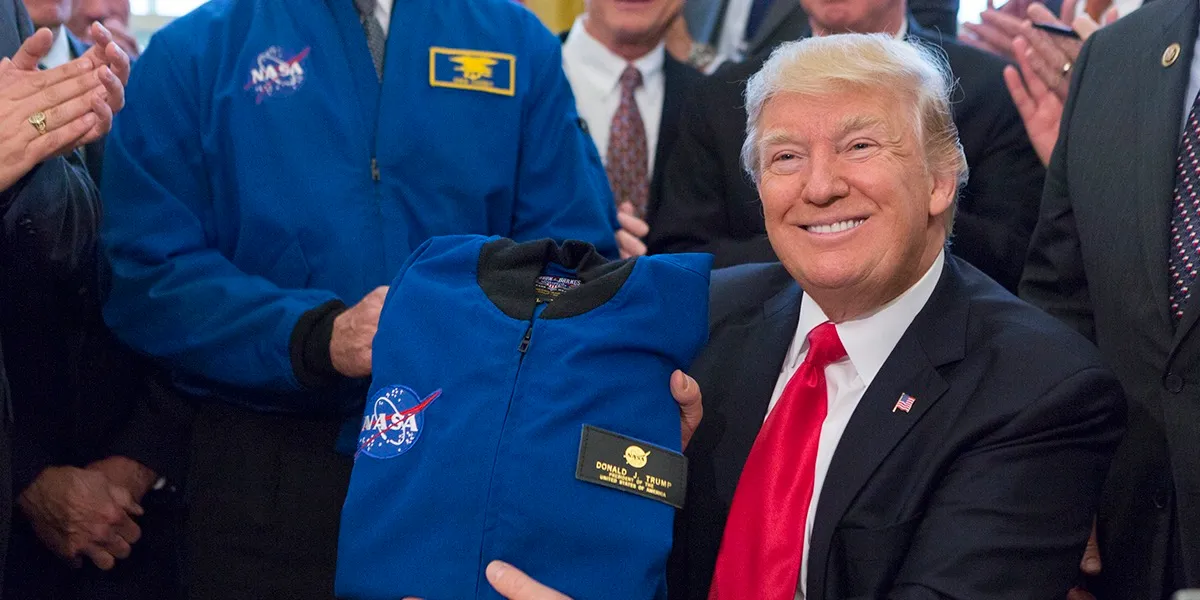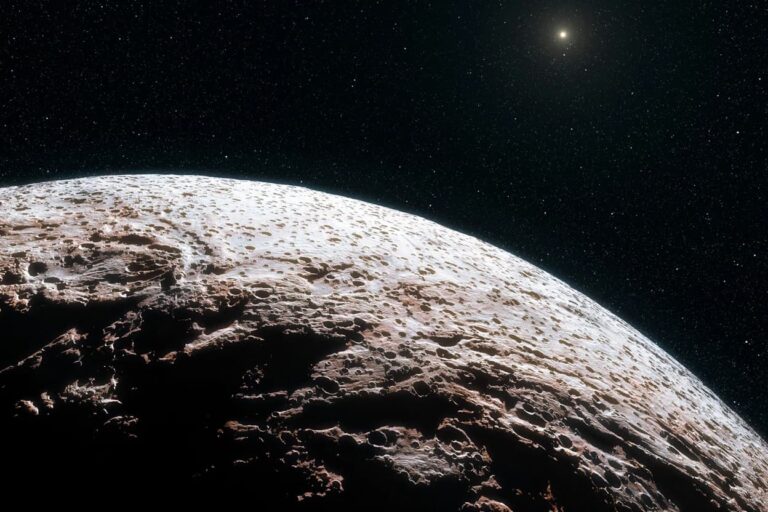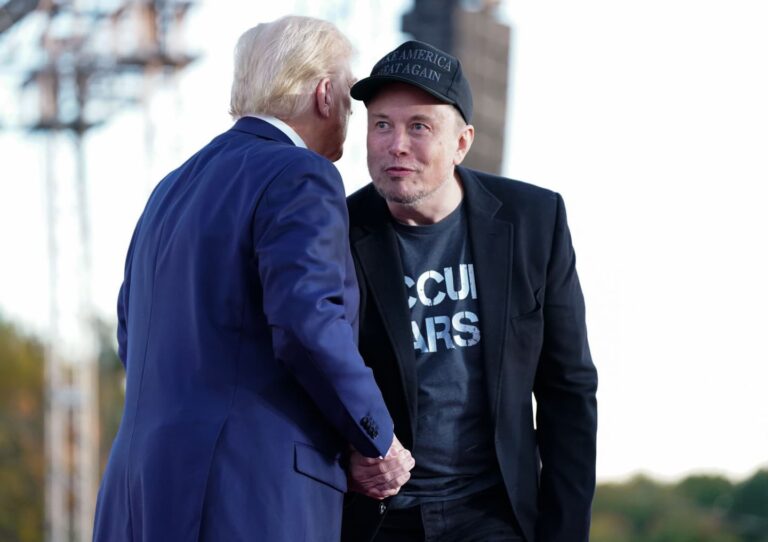Trump’s Return to the White House: Potential Impacts on NASA’s Artemis Program and SpaceX
Introduction
If President-elect Donald Trump resumes office in January, significant changes may be on the horizon for NASA and U.S. space policy. Experts predict a renewed focus on landing American astronauts on the moon and Mars, driven largely by competition with China, which aims to reach the moon by 2030. Elon Musk, Trump’s influential supporter, is also expected to benefit from a friendlier regulatory climate, possibly accelerating projects like SpaceX’s Starship and the Starlink network.
A Renewed Push for Lunar and Mars Missions
During Trump’s first term, his administration initiated NASA’s Artemis program, aiming to return humans to the moon by 2026. Now, with China’s ambitious lunar goals for 2030, Trump’s administration may feel added urgency to expedite these missions, positioning the U.S. to lead in lunar exploration. Casey Dreier, space policy chief at The Planetary Society, notes that Trump’s administration is likely to evaluate the Artemis program closely, potentially reconfiguring funding and priorities to stay ahead of China’s fast-developing space program.
Potential Benefits for SpaceX and Musk’s Influence
Musk, Trump’s wealthiest supporter, could gain considerable influence within the new administration, particularly in regulatory decisions affecting SpaceX. Musk has already suggested candidates from SpaceX for high-level government roles, including within the Department of Defense, one of SpaceX’s major clients. With Musk’s growing involvement in U.S. space strategy, his advanced Starship system could receive regulatory easing, which SpaceX has long desired. Starship, a fully reusable rocket, is poised to reduce lunar mission costs and could emerge as a crucial component of NASA’s long-term ambitions.
Challenges for NASA’s Artemis Program
While SpaceX could see regulatory advantages, NASA’s Space Launch System (SLS) may face scrutiny due to its high cost and limited reusability. Currently, each SLS launch costs around $4.1 billion—substantially more than originally projected—making it difficult for NASA to sustain long-term lunar operations with the system. In contrast, SpaceX is on track to bring Starship’s per-flight costs below $10 million. This stark cost difference could prompt Trump’s administration to reconsider SLS’s role in Artemis, a shift that may not come without resistance from Congress, especially from representatives in states like Alabama, Texas, and Florida, where SLS components are manufactured.
The Space National Guard and Military Space Focus
Building on his creation of the U.S. Space Force in his first term, Trump has proposed establishing a Space National Guard, a long-discussed initiative aimed at bolstering U.S. military defenses in space. If enacted, the Space National Guard would strengthen national security capabilities in orbit, adding to the Space Force’s mission of protecting U.S. assets and interests beyond Earth.
Revisiting Mars Sample Return Missions
A significant development could arise in NASA’s Mars Sample Return (MSR) program. Traditionally managed by NASA, this mission involves retrieving Mars samples and returning them to Earth. However, with escalating costs, Musk’s Starship may present a practical alternative to an independent robotic mission. The potential of astronauts returning Martian samples aboard Starship would save billions while aligning with Musk’s vision of advancing human presence on Mars.
Environmental and Operational Risks of Satellite Megaconstellations
While Musk’s influence may lead to regulatory leniency, some experts voice concerns about the environmental and operational risks posed by satellite megaconstellations, like Starlink. According to Aaron C. Boley from the Outer Space Institute, a further relaxation of regulations could worsen satellite congestion in low-Earth orbit, increasing the risk of collisions and space debris, which threaten both commercial and government space assets.
The Partisan Implications of U.S. Space Policy
Although traditionally a non-partisan issue, space policy could increasingly become politically polarized, particularly with Musk’s goals aligning more closely with conservative ideals. Dreier warns that a potential shift toward viewing space exploration as a partisan ambition might create friction, with each side vying to frame space exploration as central to their policies.
Conclusion
Trump’s return to the White House could usher in sweeping changes to U.S. space policy, heavily influenced by the ongoing space race with China and Elon Musk’s growing sway. If realized, these changes might accelerate lunar and Mars missions, but they could also intensify debates around environmental regulations, cost-saving measures, and the sustainability of satellite networks in Earth’s orbit. With uncertainties about the future of NASA’s flagship programs and SpaceX’s growing role, U.S. space policy is poised for a transformative period.






